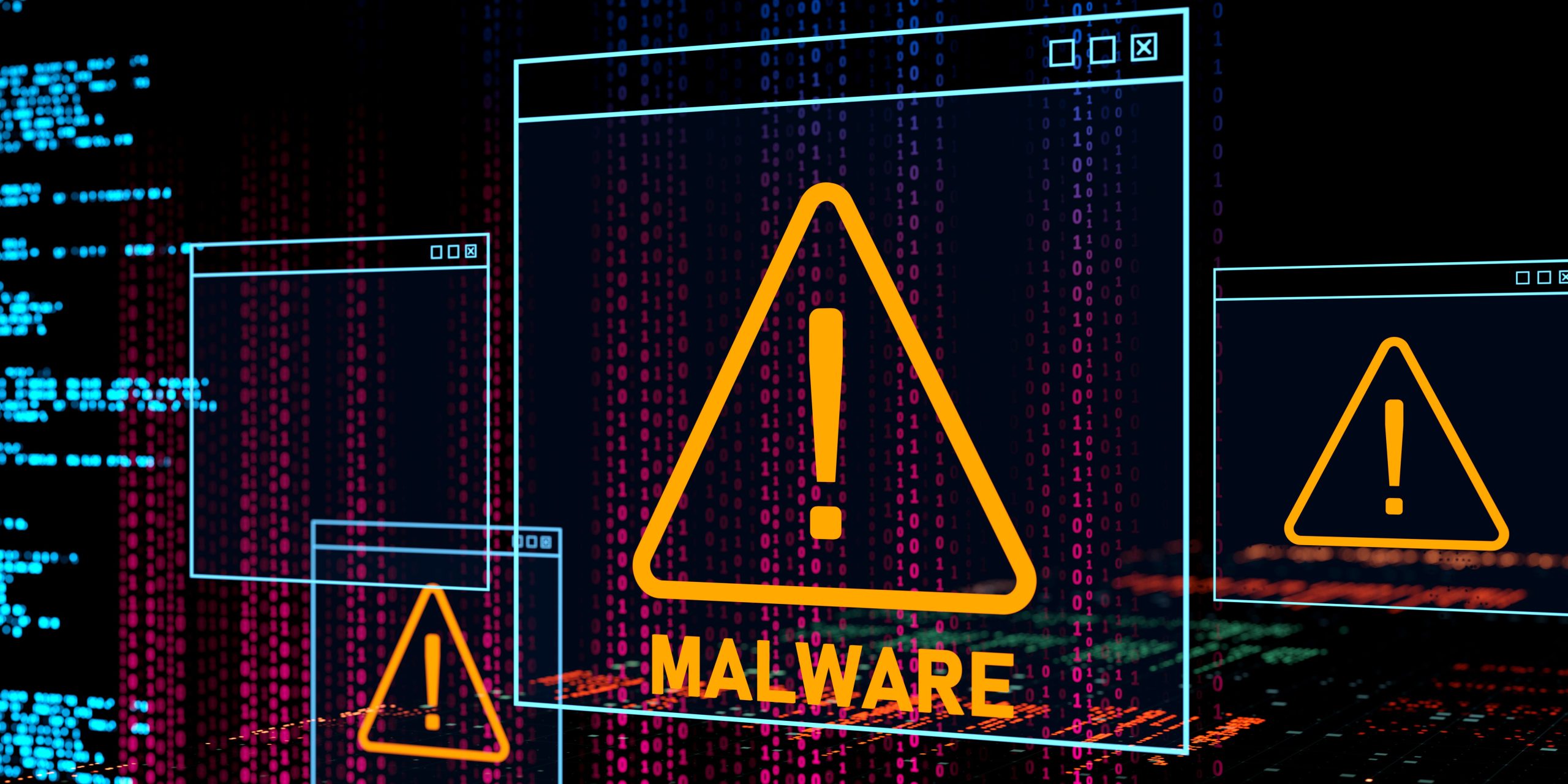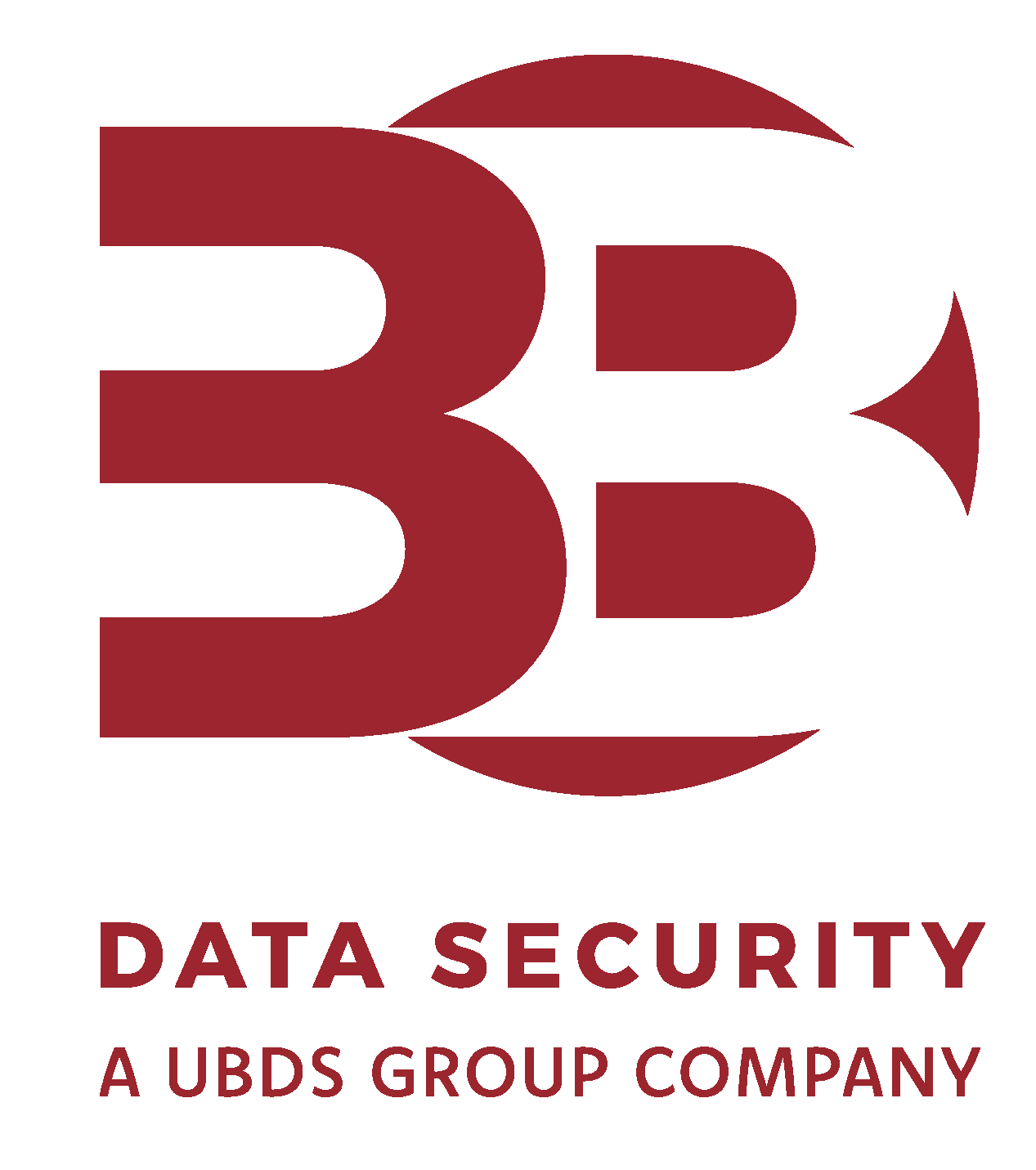3B Data Security Blog
-

Lessons from Real-World Cyber Incidents
When a phishing email disguised as a trusted vendor request slipped into a client’s inbox, it looked routine — until new joiners began sharing credentials that attackers quickly exploited. At 3B Data Security, we helped the organisation contain the threat within hours and uncover the deeper lessons behind it. In this article, we explore the…
-

IT Incident Response Plan: 5 Must-Haves for A Modern Business
In today’s fast-changing digital world, cyber incidents are inevitable — but disasters are preventable. When Cloudflare successfully mitigated a record-breaking DDoS attack in seconds, it proved that preparation is everything. This blog explores the five must-haves of a resilient Incident Response Plan (IRP) — from clear roles and real-time detection to recovery and continuous improvement.…
-

5 Common PCI DSS Compliance Mistakes (And How to Avoid Them)
PCI DSS compliance is a non-negotiable for any business that stores, processes, or transmits cardholder data. But despite the abundance of documentation and guidance out there, many organisations still fall short, not because they’re careless, but because the requirements are often misunderstood or misapplied. And when PCI compliance slips, it’s not just about ticking the…
-

What Is Cyber Incident Response? A Beginner’s Guide
These days, a cyber attack isn’t a distant risk, it’s something most businesses will face sooner or later. Whether it’s ransomware, a phishing scam, or a data breach, incidents are becoming more common, complex, and costly. The real question isn’t if something goes wrong, it’s when, and how fast you respond. That’s where a well-prepared…
-

Cyber Incident Response Checklist: What to Do in the First 24 Hours
The first 24 hours of a cyber incident are not just about firefighting. They’re about acting fast, staying clear-headed, and following a structured plan. Whether you’ve just spotted a problem or you’re preparing in advance, this checklist will walk you through the exact steps to take once a breach is discovered, from isolation and containment…
-

How to Respond to a Ransomware Incident
Ransomware has become one of the most disruptive cyber threats facing UK organisations today, and it’s not just an IT problem anymore. From financial penalties and regulatory reporting requirements to operational downtime and reputational damage, the impact of an attack goes well beyond encrypted files and ransom notes. Yet, many organisations still don’t know what…
-

PCI DSS Compliance FAQs: What Businesses Need to Know
PCI DSS isn’t just a technical standard. It’s a business-critical framework that helps protect your organisation, and your customers, from the serious risks tied to handling cardholder data. But despite being a well-established standard, many UK businesses still find PCI DSS confusing, overly complex, or just plain hard to keep on top of. Whether you’re…
-

How to Get Started with PCI DSS Compliance: A Step-by-Step Guide
How To Get Started With PCI DSS Compliance The Payment Card Industry Data Security Standard (PCI DSS) is a set of security standards designed to ensure that all companies that accept, process, store, or transmit payment card information maintain a secure environment. In essence, PCI DSS is crucial for safeguarding payment card data, ensuring secure…
-

Cyber Security Statistics That You Should Be Aware Of In 2025
Cyber threats aren’t slowing down, they’re getting smarter, faster, and harder to spot. For businesses, that means the pressure is on to stay ahead of the curve. These days, it’s not a matter of if you’ll face a cyber attack, but when. To stay protected, companies need more than just antivirus software. Robust security policies…
-

Penetration Testing: Choosing the Right Service for your Business
In a world where cyber threats evolve by the minute, choosing the right penetration-testing service isn’t optional—it’s essential. This blog guides you through how to identify a provider that aligns with your business size, sector and risk profile; what types of penetration testing (e.g., network, web app, social engineering) you really need; and how to…





